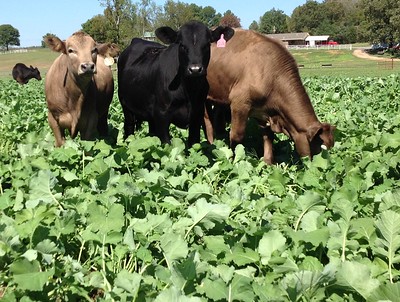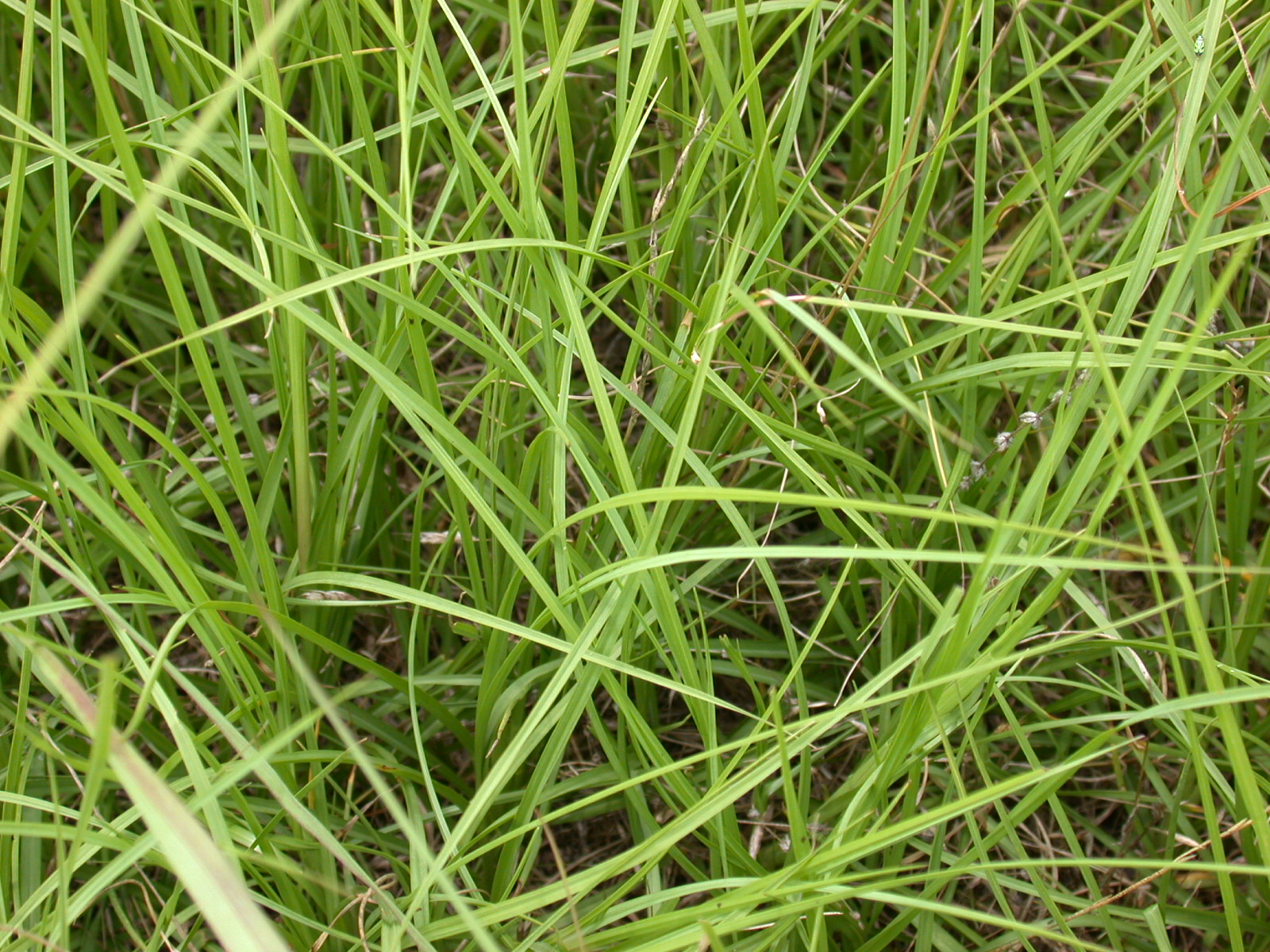Grasses
Grasses make up the forage base in hay fields and pastures across Arkansas and include common species such as tall fescue, bermudagrass, and ryegrass.
Browse grass imagesDr. Jonathan Kubesch
Assistant Professor - Forages
Phone: (501) 671-2270
Email: jkubesch@uada.edu

Arkansas has approximately 6 million acres of forage including about 1.5 million acres of hayland and 4.5 million acres of pasture.
To learn how to identify what's in your pasture check out our
Below are some basic facts about forages in Arkansas:
Different livestock operations require different seasonal pasture strategies for optimum animal production. Spring-calving herds have different seasonal forage requirements than fall-calving herds.
A good forage program includes plans to ensure adequate pasture and hay quantity and quality to match the animal requirements during each season.

Warm-season grasses grow rapidly during the summer months but grow very little in spring or fall.
Warm-season grasses provide good quality, actively growing forage during the hot summer when cool-season grasses and many legumes are dormant or unproductive. A forage program that includes both warm-season and cool-season grass pastures will provide a more constant forage supply over the growing season.
Typical perennial warm-season grasses grown in Arkansas include bermudagrass, bahiagrass, dallisgrass, and johnsongrass. Some annual warm-season grasses include crabgrass, millet (several species), and sorghum-sudan.
Where wildlife is important on the farm, native warm-season grasses are grown to provide nesting cover and can be grazed or harvested for hay. Native warm-season grasses include big bluestem, indiangrass, little bluestem, eastern gamagrass, and switchgrass.
Proper identification of forages and weeds is important for good pasture and hay management. Photographs of plants and key ID features are listed to help users learn how to ID pasture plants. Plants are sorted as Grasses, Legumes, Forbs, and Woody Plants.
Grasses make up the forage base in hay fields and pastures across Arkansas and include common species such as tall fescue, bermudagrass, and ryegrass.
Browse grass imagesLegumes include clovers, vetch, alfalfa, lespedeza and others. Legumes improve forage quality and are very useful as forage and for wildlife improvement.
Woody plants include shrubs, vines and trees.Woody plants are useful, but oak brush in pasture is much less valuable than oak trees large enough for lumber harvest or mast production for wildlife.